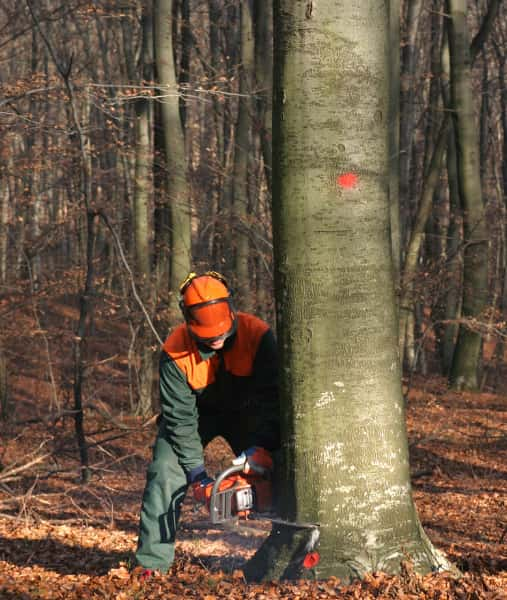Trimming Trees for Wildlife-Friendly Gardens
Introduction: Creating a garden that welcomes wildlife is a rewarding way to connect with nature and support local ecosystems. Trees are vital to any wildlife-friendly garden, providing food, shelter, and nesting sites for various creatures. In this blog post, we’ll explore the benefits of trimming trees for wildlife-friendly gardens and how Halesworth Tree Surgeons can help you balance tree care and wildlife habitat preservation.
1. Encourage Native Species
Native trees and shrubs are often best suited to support local wildlife. Trimming and pruning these trees can promote healthy growth, ensuring that they provide essential food and shelter for native insects, birds, and mammals. By encouraging native species, you help maintain biodiversity in your garden.
2. Create Nesting Sites
Trimming trees strategically can create ideal nesting sites for birds and other wildlife. For example, leaving branches with natural crotches or hollows intact can provide secure locations for birds to build their nests. Consult a tree surgeon to identify the best branches to retain for nesting purposes.
3. Promote Fruit Production
Many trees produce fruits that are valuable food sources for wildlife. Pruning and trimming can stimulate fruit production by redirecting energy to the growth of fruit-bearing branches. Fruits like berries and nuts attract birds and small mammals, enriching the biodiversity of your garden.
4. Maintain Habitat Structure
The structure of trees is crucial for wildlife habitat. Careful trimming can help maintain the structural integrity of trees while removing dead or hazardous branches. This ensures that trees continue to provide safe roosting spots, perches, and shelter for wildlife.
5. Manage Invasive Species
Invasive tree species can disrupt local ecosystems and displace native wildlife. Tree trimming can help manage invasive trees by preventing their spread and encouraging the growth of native species that support local wildlife.
6. Consult with Wildlife Experts
When planning tree trimming for a wildlife-friendly garden, consider consulting with wildlife experts or ecologists who can provide insights into the specific needs of local wildlife species. They can help you identify the best trees and trimming practices to support the fauna in your area.
7. Balance Tree Health and Wildlife Habitat
Achieving a balance between tree health and wildlife habitat is essential. It’s crucial to work with experienced tree surgeons, like Halesworth Tree Surgeons, who understand the specific needs of trees and wildlife. They can recommend trimming techniques that promote tree health while preserving wildlife-friendly features.
Conclusion: Trimming trees for wildlife-friendly gardens is a thoughtful and environmentally conscious way to create a thriving ecosystem in your outdoor space. By encouraging native species, providing nesting sites, promoting fruit production, maintaining habitat structure, managing invasive species, consulting with wildlife experts, and finding the right balance between tree health and wildlife habitat, you can transform your garden into a haven for local wildlife.
Call us on: 01508 505 537
Click here to find out more about Halesworth Tree Surgeons
Click here to complete our contact form and see how we can help with your tree’s needs.

